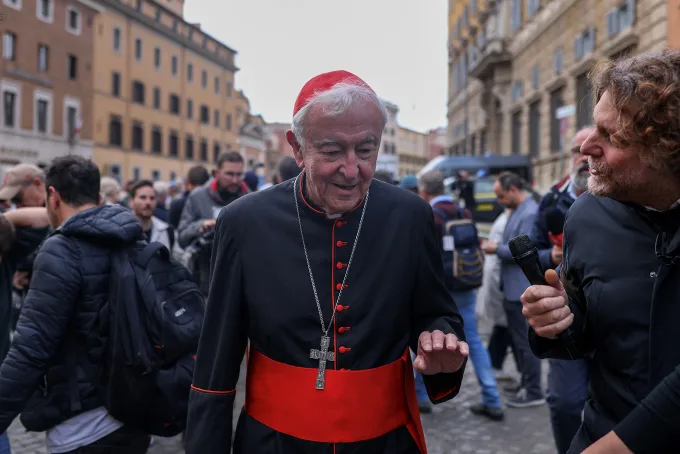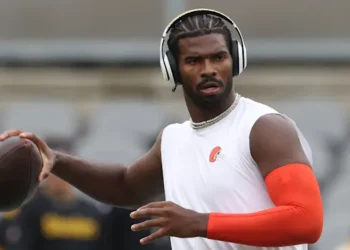Cardinals at a Crossroads: While Some Want to Continue Francis’ Reforms, Others Want a Different Kind of Pope
As the papacy of Pope Francis enters its twelfth year, the College of Cardinals finds itself at a pivotal moment. With Francis’ health and age—he is now 88—becoming a more frequent topic of conversation, speculation around his potential successor is intensifying. But what makes this upcoming conclave especially significant is not just the question of who will lead the Catholic Church next, but what direction that leader will take. Cardinals are increasingly divided between continuing the reformist legacy of Francis and turning toward a more traditional, conservative model of papal governance.
Pope Francis, elected in 2013, has reshaped the Church with a pastoral, inclusive vision. He has emphasized mercy over judgment, openness over rigidity, and dialogue over doctrinal enforcement. His reforms include efforts to decentralize Vatican power, promote synodality—shared decision-making between clergy and laity—and encourage environmental, social, and economic justice. For many within the Church, especially in the Global South, these changes have breathed new life into Catholicism’s global mission.
However, not all have welcomed Francis’ reforms. Some cardinals and bishops have viewed his papacy as ambiguous and destabilizing, particularly on issues like same-sex blessings, Communion for divorced and remarried Catholics, and interfaith dialogue. Critics argue that his pastoral approach sometimes comes at the expense of doctrinal clarity. They worry that the pope’s emphasis on flexibility and accompaniment weakens traditional teachings and creates confusion among the faithful.
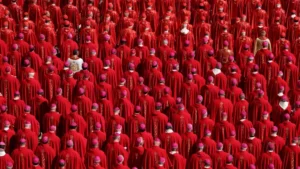
This divide is now shaping the conversations and quiet campaigning among the cardinals—those who will eventually gather in conclave to elect the next pope. Roughly two-thirds of the current cardinal electors have been appointed by Francis himself. On the surface, this might suggest an advantage for a successor who will carry forward his vision. However, Francis has appointed a wide range of cardinals—from progressive reformers to doctrinal conservatives—creating a complex and unpredictable electoral landscape.
In regions like Latin America and parts of Africa, many Church leaders support Francis’ approach, seeing it as more aligned with the real-life challenges their flocks face. In Europe and the United States, however, some cardinals are pushing for a return to what they see as doctrinal orthodoxy and stronger institutional discipline. These ideological rifts are not merely theological—they reflect broader tensions between tradition and modernization, between global south and north, and between spiritual authority and grassroots participation.
The recent Synod on Synodality, a signature initiative of Francis aimed at increasing consultation across all levels of the Church, exposed many of these tensions. While hailed by supporters as a bold step toward democratizing Church governance, critics worried that it diluted the authority of bishops and opened the door to further doctrinal confusion. One senior Vatican official noted that “even among the pope’s own appointees, there is divergence—some want even faster change, others think it’s time to slow down.”
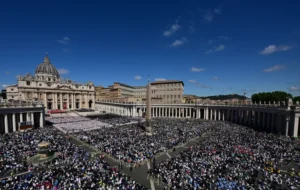
In this environment, the next conclave will not only be about choosing a person but choosing a path. A continuation of Francis’ reforms would likely involve a pope from the developing world or someone deeply engaged in pastoral ministry and dialogue with marginalized communities. A pivot toward conservatism might elevate a cardinal known for theological precision, institutional loyalty, and resistance to what some call the “Francis effect.”
Names like Cardinal Matteo Zuppi of Bologna, seen as a moderate reformer, or Cardinal Jean-Claude Hollerich of Luxembourg, a vocal supporter of synodality, represent continuity. Others, like Cardinal Robert Sarah or Cardinal Raymond Burke—both outspoken critics of Francis—symbolize a clear shift in the opposite direction, though their influence may be limited.
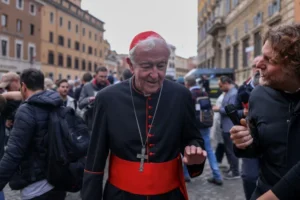
Ultimately, the College of Cardinals faces a moment of profound discernment. The next pope will have to balance competing visions of what it means to be Catholic in the 21st century. Whether that involves deepening the reforms of Pope Francis or reasserting traditionalist values, the direction chosen will shape the Church’s identity, influence, and unity for decades to come.
As one theologian put it, “This is not just a papal transition—it’s a choice between two futures for the Catholic Church.”
